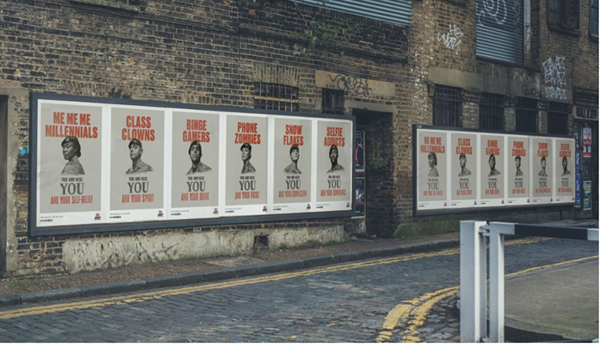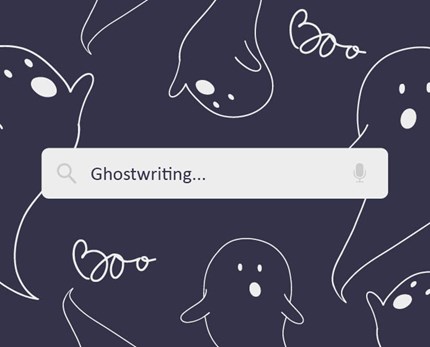Three examples of cut-through digital copywriting

- 08 November 2021
Getting noticed in the digital world can be tough, argues copywriter and CIM course director Phil Woodford. In this article, he shares why we could all do with looking outside our own niche market to find inspiration on how to cut through.
If you’ve ever examined the ‘dwell time’ stats for your webpages, you might end up feeling slightly disconcerted. It’s not uncommon for visitors to spend just seconds browsing before moving on. Like the owner of a market stall, you do the best you can to attract custom. People wander by and take a casual glance at your wares, only to make their excuses when you try to engage them in conversation.
The analogy for attracting attention on social media is even more brutal, I’m afraid. I’m sending you into a crowded bar where everyone’s already engaged in conversation. Amid all the noise and hubbub, you have three seconds to attract attention. What do you do? Yell at the top of your voice? Let off a fire extinguisher, perhaps?
The digital world is somewhere we want to be noticed, but also a place we hope our credibility and reputation will remain intact. We want people to start talking about us, but only if they’re saying the things we want to hear. The challenge is to find new ways to communicate, which seem authentic to our brand, encourage engagement and cut through the noise.
Whether I’m working as a copywriter for creative agencies, training marketers or teaching students, I’m always on the look-out for examples and case studies that can serve as inspiration. In this article, I’ll share with you some of my top picks…
Top three cut-through copywriting examples
1. Virgin Media, Faster Brings Us Closer
Virgin Media’s ‘Faster Brings Us Closer’ is a good example of storytelling being used compellingly in a digital environment. Stories are a powerful mnemonic, which is why they’re so commonly used as devices by preachers and politicians in their sermons and speeches. They paint pictures in our mind and lend themselves beautifully to the world of online video and image sharing.
2. British Army, Your Army Needs You
The controversial recruitment drive for the British Army in 2019 had a strong amplification effect. Under the hashtag #yourarmyneedsyou, the organisation deliberately targeted groups that might, at a first glance, be seen as unlikely candidates for military service. Messages on social media spoke to ‘binge gamers’ and ‘selfie addicts’, arguing that their drive and confidence were the very qualities that would serve them well as soldiers. By courting controversy – and inevitably taking a risk – the Army garnered free national (and even international) media coverage.

3. Doncaster Council, Twitter
You don’t have to be a big-budget or high-profile brand to innovate though. Doncaster Council’s Twitter feed is always worth keeping an eye on. The local authority defies conventions about how government communicates by making use of the animated gifs, memes and emojis we’d more normally associate with wider popular culture. The tongue-in-cheek copywriting style is demonstrated well in this tweet about the October 2021 Facebook outage.
Us waiting to be inundated with WhatsApp messages once it’s back online.
— Doncaster Council (@MyDoncaster) October 4, 2021
Us remembering we’re a council. #FacebookDown pic.twitter.com/eXWUAmGl1e
I hope these examples serve as a helpful reminder that brands can find inspiration for their copy pretty much anywhere, and stepping outside of your day-to-day can be a useful exercise in trying new tactics or techniques. Whether it’s unexpected Twitter posts, or relatable storytelling, cut-through copywriting is an essential tool in the digital age to connect with your customers both on and offline.
If you want to explore the techniques behind crafting compelling copy and driving results for your business, check out our Copywriting – The Complete Guide training course.

- 0 views

 FAQs
FAQs
 Log in
Log in
 MyCIM
MyCIM






